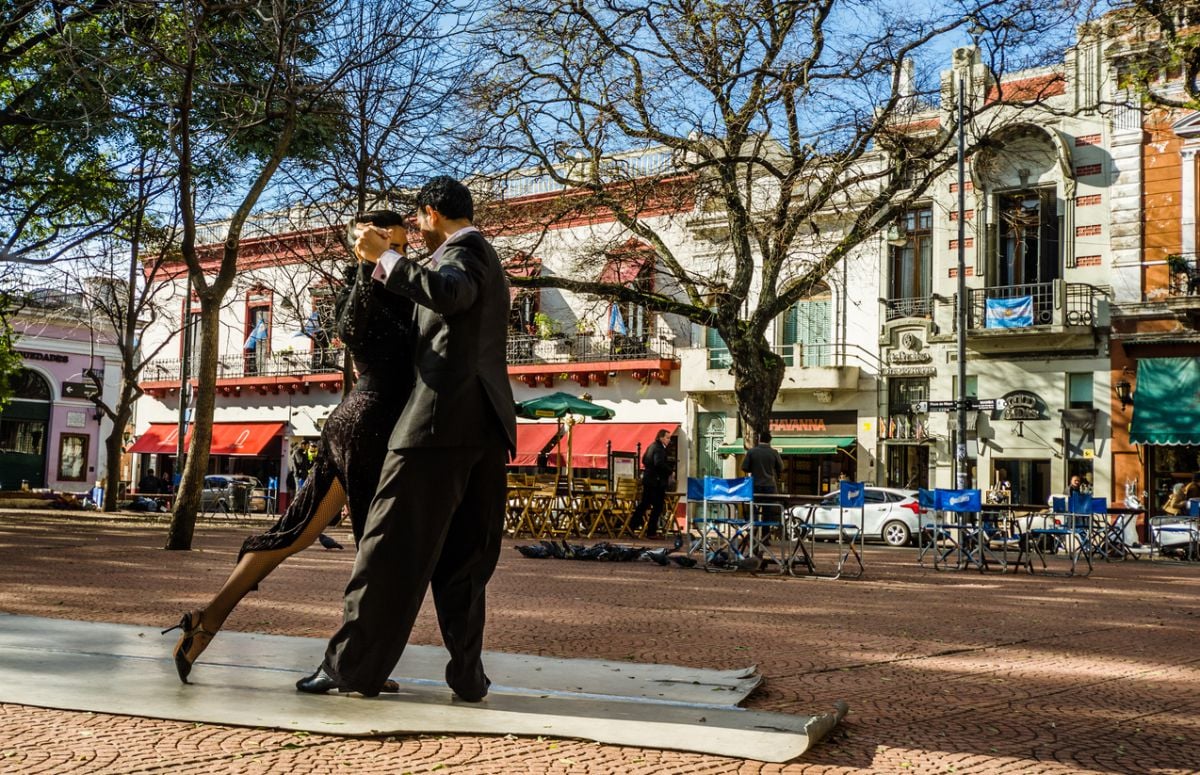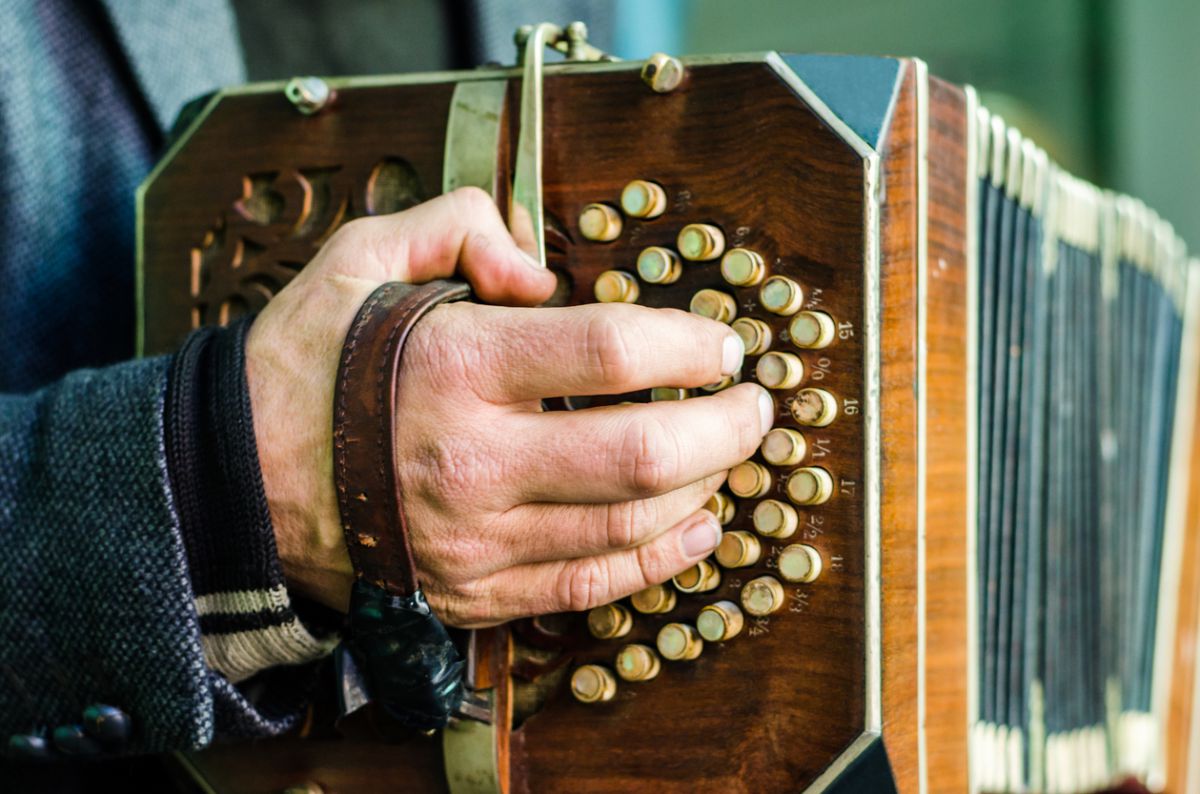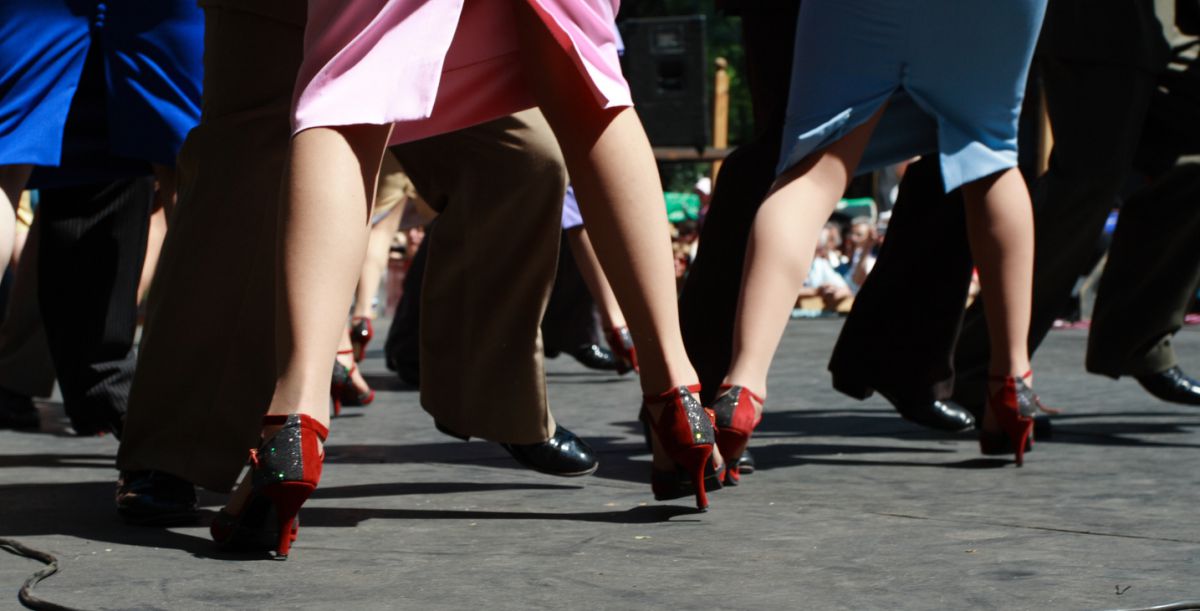Tango is one of the most famous and influential dances in the world. Originating in Buenos Aires in the 18th century, tango brought together working class European immigrants, indigenous Argentinians and former slaves. As a result, tango has shaped Argentinian culture and society. The dance’s popularity meant that it quickly expanded out of Argentina, with several different styles developing in Europe and North America. With its rich history, tango is a fascinating tradition in dance which reveals a wealth of information about Argentina traditions.
Argentina traditions: The origin of tango
 The word “tango” or “tambo” appears around the turn of the 19th century to describe music and dance events organized by slaves. The first official use of the word appears in a statute from 1789, where Argentine authorities banned “tango” gatherings to oppress the working class. It wasn’t until one hundred years later that the word became commonplace.
The word “tango” or “tambo” appears around the turn of the 19th century to describe music and dance events organized by slaves. The first official use of the word appears in a statute from 1789, where Argentine authorities banned “tango” gatherings to oppress the working class. It wasn’t until one hundred years later that the word became commonplace.
The original tango dance was a blend of styles produced by the mix of cultures in the lively port of Buenos Aires. In the 19th century, thousands of young people arrived from Europe in search of a better life. In the Argentine capital, they lived side-by-side with former slaves and indigenous peoples. As a result, their traditions in dance and music began to mesh.
The development of Argentine tango
 Argentine tango developed from the potent crucible of cultures in Buenos Aires in the mid-1800s. People from Spain, Italy, England, Poland and African nations lived alongside native Argentinians to create new Argentina traditions. It was this meeting of cultures that created the Argentine tango. Influenced by flamenco, polka, and numerous traditional African dances, tango became a byword for “the music of immigrants.”
Argentine tango developed from the potent crucible of cultures in Buenos Aires in the mid-1800s. People from Spain, Italy, England, Poland and African nations lived alongside native Argentinians to create new Argentina traditions. It was this meeting of cultures that created the Argentine tango. Influenced by flamenco, polka, and numerous traditional African dances, tango became a byword for “the music of immigrants.”
By the later 1800s, tango had become popular with Argentinians of all social classes. Tango became the traditional dance during conventillos parties. These gatherings took place in large houses inhabited by several families that included large open spaces for dancing. Accompanied by solo guitar, the dance became an Argentine household staple. Alternatively, couples would dance to orquesta típica. These small bands would include violins, piano, flute, a double bass, and the bandoneon or “tango accordion”.
Tango goes global
 Today, its commonly believed that the first professional composer of tango music was Juan Pérez, who penned songs like Dame la Lata (Give Me My Pay). However, this is a controversial topic, as its likely that there were other less well-documented composers before him. For instance, other popular early tango compositions include Andate a la Recoleta and El Tero.
Today, its commonly believed that the first professional composer of tango music was Juan Pérez, who penned songs like Dame la Lata (Give Me My Pay). However, this is a controversial topic, as its likely that there were other less well-documented composers before him. For instance, other popular early tango compositions include Andate a la Recoleta and El Tero.
By the end of the 19th century, tango was so popular it began to spread across the world. People everywhere enjoyed the energetic dancing style and soon tango records were being sold all over North America and Europe. By the 1900s, over one thousand tango gramophone records were produced, alongside countless new tango musical scores.
Now, tango is a dance that is synonymous with Argentina traditions. Continuing to capture the imaginations of dance enthusiasts and music lovers across the world, tango continues to develop and grow. Enduringly popular across Buenos Aires, there are still many places where you can experience this magical dance on your Argentine adventure.
No comments yet
There are no comments on this post yet.




Leave a comment